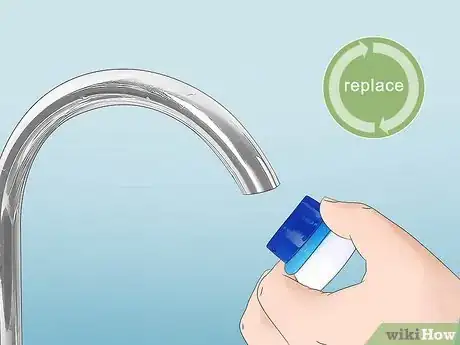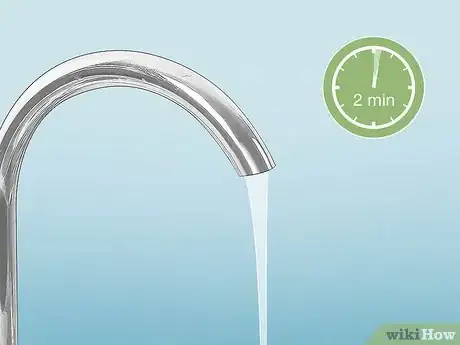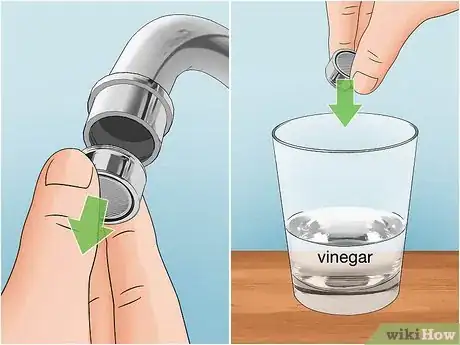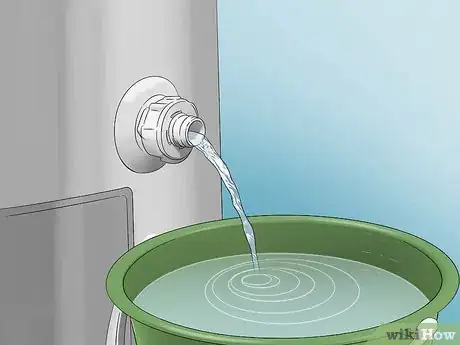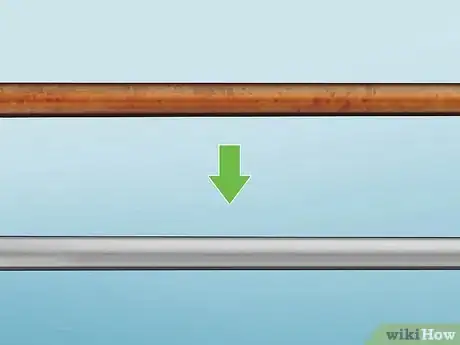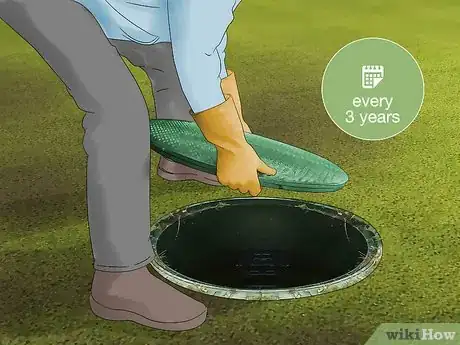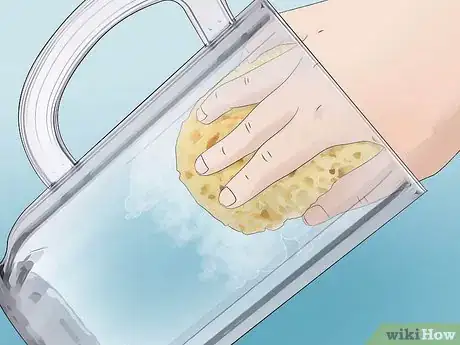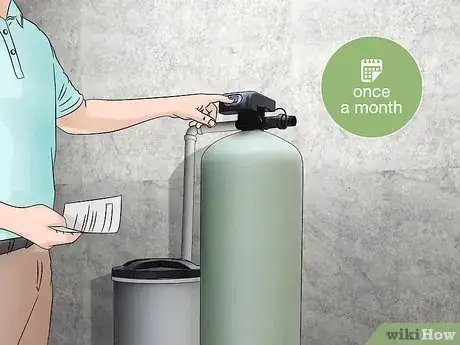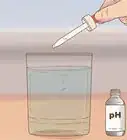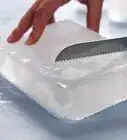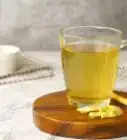This article was co-authored by David Balkan and by wikiHow staff writer, Janice Tieperman. David Balkan is a Professional Plumber, CEO of Balkan Sewer and Water Main Service, and President of Balkan Sewer and Drain Cleaning. As a hands-on owner of these companies for over 40 years, David is knowledgeable about water service lines, sewers, and drain line issues. David is a Committee Chairman of the Master Plumbers Council and has sat on the Executive Committee of the Sub Surface Plumbers Association of New York for over 30 years. His knowledge and solution-oriented approach contributed to Balkan Sewer and Water Main Service being the largest and most trusted service in New York City and the recipient of the 2017 Angie’s List Super Service Award.
There are 7 references cited in this article, which can be found at the bottom of the page.
This article has been viewed 15,053 times.
Are you worried about your drinking water quality? Don’t worry. There are plenty of easy ways to improve and keep tabs on your water quality, so you and your household can stay happy and healthy. We’ve outlined a few tips and tricks to help you get started!
Steps
Install a water filter.
-
Water filters help lower the contaminants in your drinking water. These filters come in all shapes and sizes—you might get a filter for your water pitcher, or get a built-in filter for your refrigerator. Faucet-mounted and built-in sink filters are also popular options. Pick and install a filter that best suits your household’s needs.[1] X Trustworthy Source Centers for Disease Control and Prevention Main public health institute for the US, run by the Dept. of Health and Human Services Go to source
Replace or maintain water filters regularly.
-
Some filters needed to be replaced, while others can be cleaned out. Read over the manufacturer's instructions to see how often you need to clean or replace your filters. Unfortunately, old filters won’t clean your water very effectively.[2] X Research source
Flush tap water before using it.
-
Run your faucet for 2 minutes to get rid of contaminants. If you haven’t used your faucet in a few hours, the water just stays in your plumbing, which can lower the water quality. Before cooking with or drinking the tap water, run your faucet on a cold setting for 2 minutes first.[3] X Research source
Clean out your faucet aerators.
-
Faucet aerators may pick up bacteria and unwanted metals over time.[4] X Research source Your aerator is the small, round piece along the bottom of your faucet. Twist it off, and soak it in a glass of white vinegar for 5 minutes, and scrub down your aerator. Then, rinse it off and reattach it to your sink.[5] X Trustworthy Source State of Michigan Official website for the State of Michigan Go to source
- Some aerators need to be disassembled into pieces and cleaned individually.
- Faucet aerators in old homes may also filter lead into your tap water.
Drain your water heater once a year.
-
Your water heater can collect grime, metals, and bacteria over time. Once a year, drain your water heater completely to get rid of these contaminants.[6] X Research source
- If you don’t feel comfortable doing this on your own, call a plumber for help.
Replace outdated plumbing.
-
Old pipes can leak lead into your drinking water. Remove any galvanized copper plumbing from your home and replace them with non-lead pipes and fixtures. Once the new plumbing is set up, flush the pipes with cold water for the first 3 days.[7] X Research source
Avoid using hot tap water.
-
Hot tap water may have bad substances in it. Over time, the metal sections of your boiler or hot water tank break down and leak into the water. The high temperature also dissolves these metals and substances into the water more quickly.[11] X Research source
Maintain your septic tank properly.
-
Schedule an inspection at least once every 3 years. To be extra safe, don’t pour any strong chemicals or products down your sink or toilet, like old medicine, paint, grease, or used chemicals. Additionally, throw all your waste, like sanitary napkins, diapers, floss, and gum, in the trash, instead of down your sink or toilet.[12] X Research source
Clean out your water containers.
-
Wash your pitchers and bottles with soap and water. A dirty container can really lower your water quality, even if the water came from a clean source. To be safe, clean out any water containers with warm water and dish soap.[13] X Research source
- To go the extra mile, disinfect your containers with a diluted bleach mixture.
Check your water softener.
-
Inspect your softening system every month. Open the tank and see how full or empty it is. If it’s less than 50% full, add more salt in.[14] X Research source
- If you aren’t comfortable doing this, feel free to call a water professional to inspect your system.
You Might Also Like


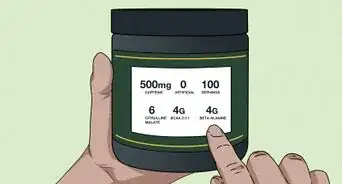 How to Take Pre-workout
How to Take Pre-workout
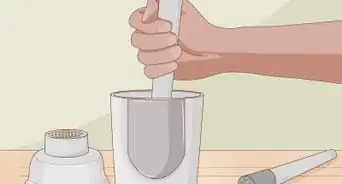
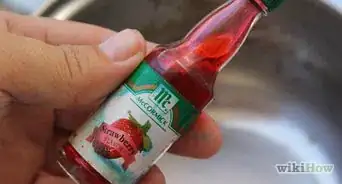
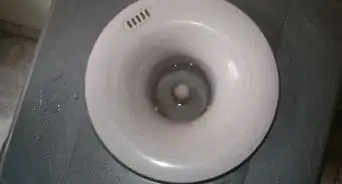
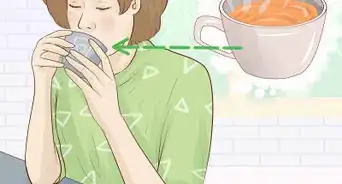
References
- ↑ https://www.cdc.gov/healthywater/drinking/home-water-treatment/water-filters/step3.html
- ↑ https://wqa.org/improve-your-water/benefits-of-good-water-quality/water-quality-tips
- ↑ https://www.dcwater.com/water-quality-home
- ↑ https://www.dcwater.com/water-quality-home
- ↑ https://www.michigan.gov/documents/deq/deq-flintw-MDHHS_Clean_Your_Aerator_-_FINAL_510046_7.PDF
- ↑ https://www.dcwater.com/water-quality-home
- ↑ https://www.dcwater.com/water-quality-home
- ↑ https://blog.qrfs.com/362-how-to-use-pipe-thread-sealant/
- ↑ https://blog.qrfs.com/362-how-to-use-pipe-thread-sealant/
- ↑ https://blog.qrfs.com/362-how-to-use-pipe-thread-sealant/
- ↑ https://www.denverwater.org/tap/psa-dont-drink-or-cook-with-hot-water-from-the-tap
- ↑ https://www.hcwa.com/about-us/newsroom.cms/2020/104/septic-tank-maintenance-protects-water-quality
- ↑ https://wqa.org/improve-your-water/benefits-of-good-water-quality/water-quality-tips
- ↑ https://wqa.org/improve-your-water/benefits-of-good-water-quality/water-quality-tips
About This Article


